 |
|||||||
 |
 |
 |
 |
 |
 |
 |
 |
Poulsbo Yacht Club
Junior Sailing Course Descriptions
Registration Opens March 1, 2024
(For Ages 10 through 15)
Junior Sailing Safety Plan:
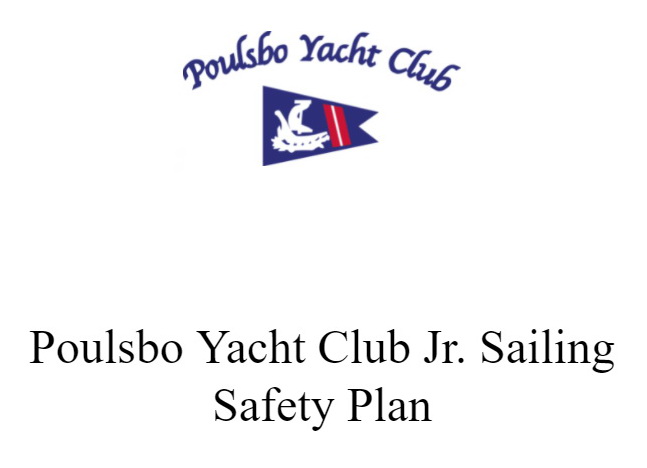 The PYC Jr. Sailing Program is dedicated to the safety of all persons and students involved in the Program. The PYC Jr. Sailing Safety Plan documents the identified risks and controls, procedures, equipment, training, location/standards of training/skills, and documentation/records that are put in place to protect the safety of the participating Instructors, Directors, Lookouts, students, and others persons participating. Click here to view the Junior Sailing Safety Plan
The PYC Jr. Sailing Program is dedicated to the safety of all persons and students involved in the Program. The PYC Jr. Sailing Safety Plan documents the identified risks and controls, procedures, equipment, training, location/standards of training/skills, and documentation/records that are put in place to protect the safety of the participating Instructors, Directors, Lookouts, students, and others persons participating. Click here to view the Junior Sailing Safety Plan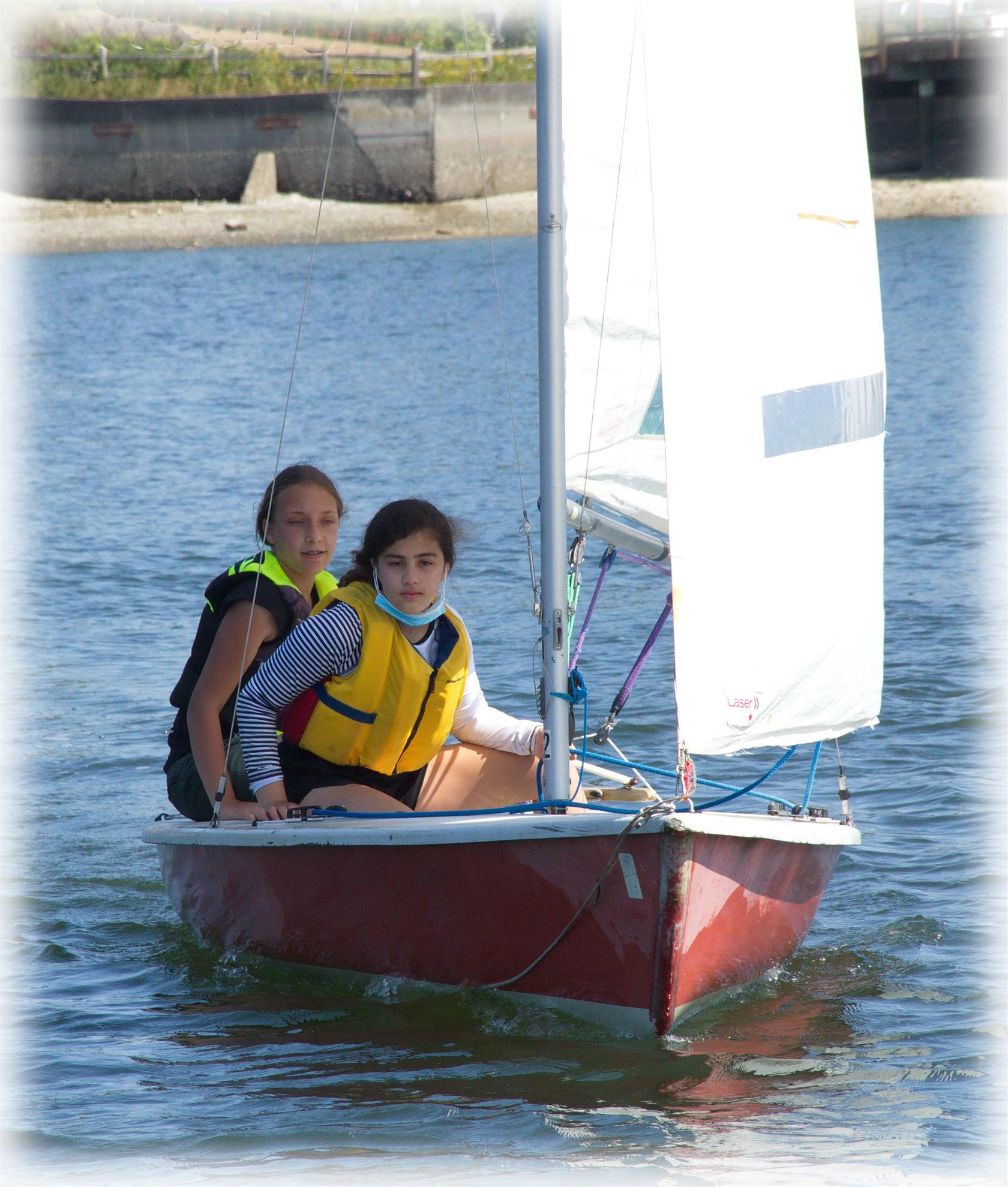 Poulsbo Yacht Club offers a unique way to get your kid out in the great outdoors this summer!
Poulsbo Yacht Club offers a unique way to get your kid out in the great outdoors this summer!Our "Learn to Sail" classes introduce basic sailing skills such as sail terminology, boat rigging, water safety, and knot tying. The advanced "Double-handed Sailing" class is designed for older children which builds on the beginner course’s foundation. See a description of "Our Courses" below.
Our All New Sailboats for 2022 Sail Camps!
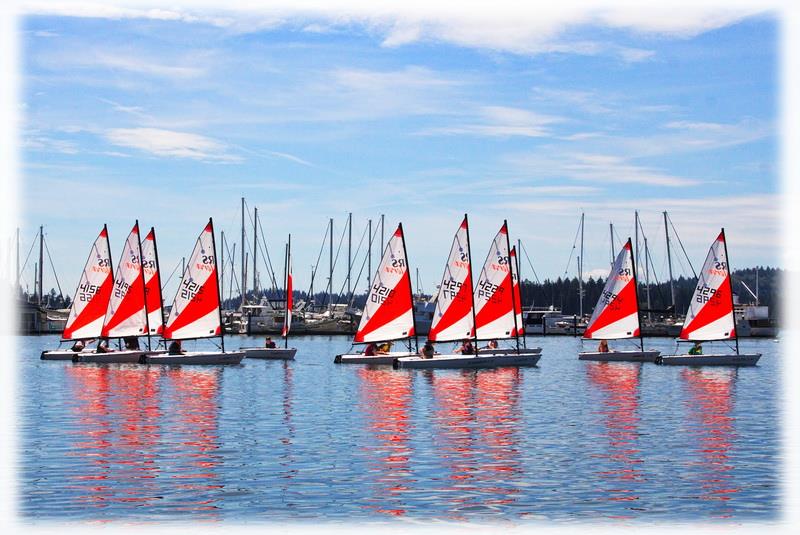 We have a brand-new fleet of RS Tera dinghies. The RS Tera is a “21st century single-hander that looks cool and makes sailing addictive…. It’s packed with features that make sailing safe and easy. It comes up dry from a capsize. It’s quick and simple to rig by youngsters – the emphasis is on fun afloat while building incredible sailing experiences.” --
We have a brand-new fleet of RS Tera dinghies. The RS Tera is a “21st century single-hander that looks cool and makes sailing addictive…. It’s packed with features that make sailing safe and easy. It comes up dry from a capsize. It’s quick and simple to rig by youngsters – the emphasis is on fun afloat while building incredible sailing experiences.” --
 We have a brand-new fleet of RS Tera dinghies. The RS Tera is a “21st century single-hander that looks cool and makes sailing addictive…. It’s packed with features that make sailing safe and easy. It comes up dry from a capsize. It’s quick and simple to rig by youngsters – the emphasis is on fun afloat while building incredible sailing experiences.” --
We have a brand-new fleet of RS Tera dinghies. The RS Tera is a “21st century single-hander that looks cool and makes sailing addictive…. It’s packed with features that make sailing safe and easy. It comes up dry from a capsize. It’s quick and simple to rig by youngsters – the emphasis is on fun afloat while building incredible sailing experiences.” --- Small enough for a 60lb sailor.
- Big enough for sailors up to 140lbs.
- Fits two small sailors for social sailing.
- Sailors can launch and recover without help.
- Exciting – responsive in light winds and planes readily in a breeze
- Easy – stable and well balanced
- Capsize friendly – self draining cockpit and righted with ease
- Fast progress – reduced tendency to stick in “irons”
- Foredeck & aft-deck design – leads to correct sailor position
- Modern –- great looks that youngsters love
- Safe – high, light, padded boom
Our loved fleet of DeWitt Dinghies served our program for over 20 years and is moving to its second home – the Bremerton Yacht Club to join their current fleet of DeWitt Dinghies.
Swimming Competency: As part of the registration process, every parent/guardian will be asked to affirm that their child has demonstrated the ability to swim follows:
- swim freestyle for at least 50 feet without any flotation device or goggles
- be fully submersed in water
- tread water or float for at least 1 minute, keeping face out of water
Our Courses:
Learn to Sail Program:
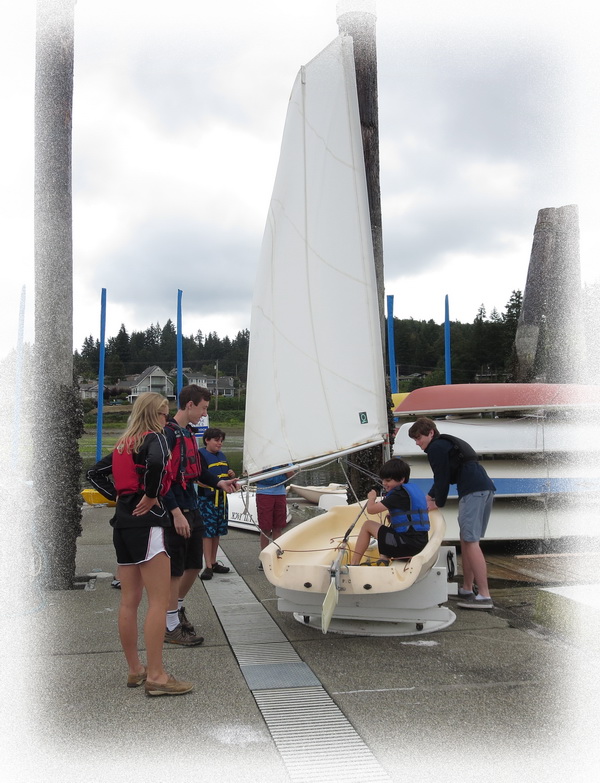 The beginner class (Learn to Sail) is designed for children with little or no experience sailing a single-handed (single person) dinghy. Students learn basic dinghy sailing skills as well as basic seamanship. They learn common sailing knots, parts of the boat, and right-of-way rules. They also learn the points of sail, basic tacking and gybing, and basic sail trim. We emphasize proper boat handling and sail trimming techniques. We believe that our core introductory course thrives when students, parents, and instructors join to provide a safe and fun learning environment. The environment enables the kids to learn the importance of teamwork and camaraderie on the water. The introductory class is perfect for children looking to give sailing a try for the first time, as well as those younger sailors who want to reinforce their sailing skills.
The beginner class (Learn to Sail) is designed for children with little or no experience sailing a single-handed (single person) dinghy. Students learn basic dinghy sailing skills as well as basic seamanship. They learn common sailing knots, parts of the boat, and right-of-way rules. They also learn the points of sail, basic tacking and gybing, and basic sail trim. We emphasize proper boat handling and sail trimming techniques. We believe that our core introductory course thrives when students, parents, and instructors join to provide a safe and fun learning environment. The environment enables the kids to learn the importance of teamwork and camaraderie on the water. The introductory class is perfect for children looking to give sailing a try for the first time, as well as those younger sailors who want to reinforce their sailing skills.Capsize Drill: On the first day of each “Learn to Sail” camp week, students will participate in a capsize drill. The capsize drill’s objective is to teach the skill of putting on a life jacket, to get acclimated to the water and how to recover from a capsize (that is, when the boats turn over in the water).
Capsizing is a normal part of sailing small boats. The students' boats are “self-rescuing” which is a sailing term for floating without filling up with water, even when capsized. Students will be taught to stay with their boat, how to right it, re-board and sail away.
The capsize drill consists of the following:
- The student will jump into the water and swim to the capsized boat, a distance of about 25 feet.
- At the capsized boat the student will climb onto the dagger board, right the boat then move to the stern while maintaining contact with the boat.
- The student will enter the boat over the transom.
- While in the boat the student will capsize the boat for the next student, then swim to the ladder to exit the water, approximately 40 feet from the capsized boat.
Be sure to watch the capsize video with your youth before the first day of camp -- click here.
Double Handed Program:
This class is designed for children who have completed the “Learn to Sail" (or an equivalent) course. Students will learn how to sail larger and faster boats as both skipper and crew. The focus is on boat handling, sail trimming, and working as a team. This class works well for those kids that have become too big to comfortably sail a dinghy. The course provides skills and instills confidence for those students who want to continue their sailing experience with a middle or high school racing team.
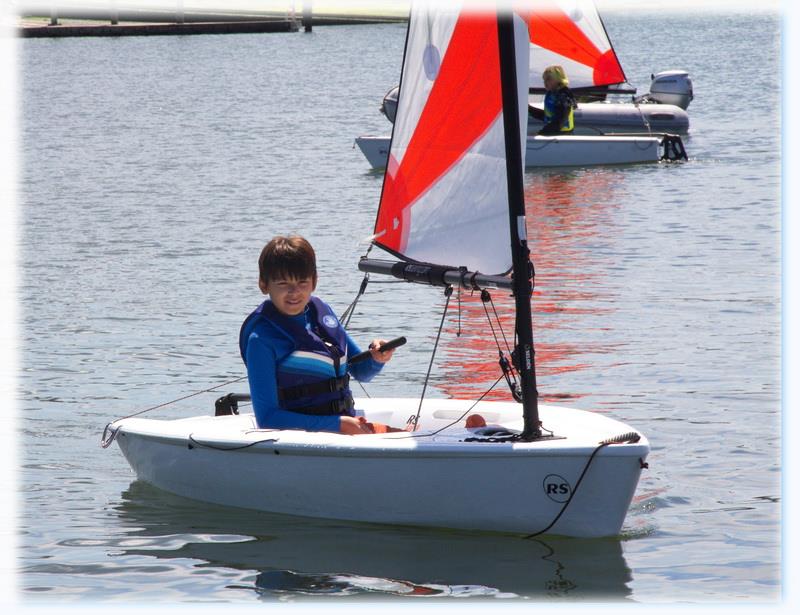 Adventure Sailing Program:
Adventure Sailing Program:The "Adventure Sailing" class offers your child the opportunity to sail and explore outside of Liberty Bay into more open waters such as Port Madison and Manzanita Bay on Bainbridge Island, and the Port of Brownsville. It offers an introduction to the cruising aspects of sailing.
All Course Programs:
We require that all students be swimmers before enrolling. Everyone (students, instructors and staff) is required to wear their life jackets at all times when on the water and the docks.
All PYC Junior Sailing courses are taught by U.S. Sailing Association Certified Instructors who are certified in First Aid and CPR by The American Red Cross and/or The U.S. Sailing Association.